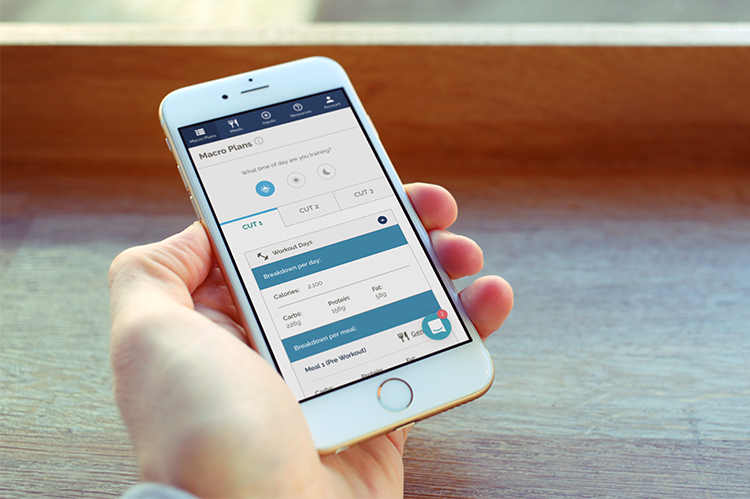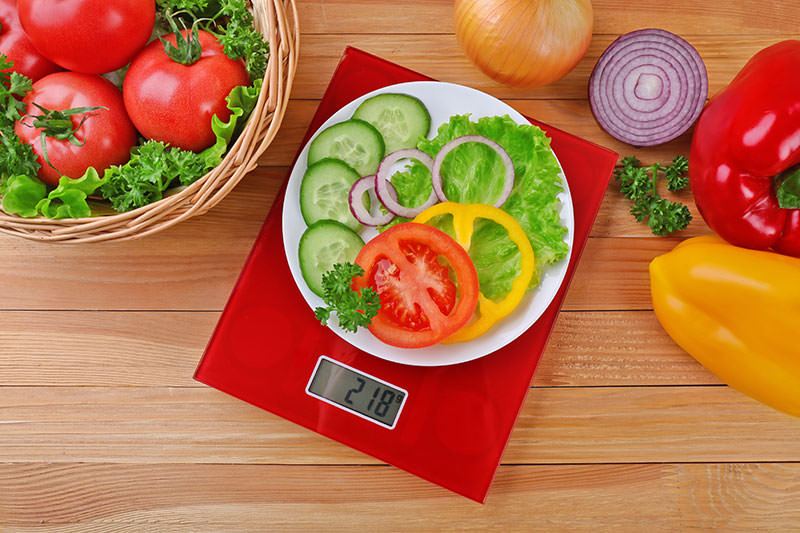Fats and proteins and carbs. Oh my!
These three “macros,” or macronutrients, comprise everything we eat. And many people are finding weight and fat loss success by carefully monitoring how much of each they put into their body.
But what exactly does it mean? And how is it done?
Trying to explain macros or macro counting may start to sound like a calculus class.
Basically, your body only needs a specific amount of each macronutrient to function properly. Hitting the correct balance of these macronutrients allows your body to be fueled without any “leftovers.” Further, when this is done in combination with a caloric deficit, TADA! Weight and fat loss!
Sounds easy, right? The science is a little more complicated than that, but if you’re looking for a simple explanation, there it is.
So, on to question two, “How is it done?”
This is where it can get tricky.
How much fat, protein, and carbohydrates your body needs varies by individual and is based on a number of factors, including height, weight, gender, age, and activity level.
Suggestion? Don’t do the calculations yourself. Find an online “macro calculator” to do it for you. If you try a couple of different macro calculators, you may find your numbers vary by source. Don’t stress and pull your hair out over the “why.” Just pick one you think you can live with and stick with it.
Next, figure out how you are going to keep track of your macros. This is not a lifestyle that allows you to “wing it” or approximate or track it all in your head. The easy thing to do is find an app. Some apps come at a cost, but, honestly, the cost is a LOT cheaper than hiring a nutrition coach or going to a dietician. Many of them you can try on a monthly basis and then decide if you’d like to stay on longer. Check out Macrostax, MyFitness Pal (upgrade), or Macros – Calorie Counter and Meal Planner, to name a few.

Courtesy of Macrostax
You can also keep track on an excel sheet or even just a piece of paper and a good old fashioned calculator, but track EVERYTHING you eat. I mean, EVERYTHING … including the creamer you put in your coffee and that one bite of macaroni and cheese you stole from your kid’s plate.
Keep in mind, you are not looking at calories. Forget about the calories. For so long we’ve been told, “Calories in. Calories out.” It is simply not that simple. And a calorie of carb does not do the same as a calorie of protein. A specific percentage needs to come from each macronutrient. So, in counting macros, pay attention ONLY to the grams of proteins, carbs, and fats. That's it.

Courtesy of Modern Home Pulse
At first, it may seem like “too much” … all the counting and measuring. Tips?
- Get a food scale. I know. I KNOW! I lost some of you there because we got real, but hear me out. A food scale actually removes a lot of the complexity surrounding macro counting. Also, once you start to see what a portion of cheese and a serving of sweet potatoes looks like on the scale, you won’t have to rely on it as much.
- Allow yourself some flexibility (a meal out every once in a while), but don’t go overboard. Don’t skip that party or birthday dinner! Just count it as a “free” day. (Don’t call it a “cheat” because that indicates you’re doing something wrong, but you’re not! So give yourself FREEdom every once in a while.)
- If you “fall off the wagon,” don’t beat yourself up. Get right back on the next day. One day will NOT derail your fitness goals.
- Keep it simple, at least in the beginning. Don’t get complicated with recipes, as the idea of logging and tracking every single ingredient may become overwhelming. Greek yogurt. Eggs. Chicken breasts. Veggies. These are easy to measure and track.
- Keep a list of single macro items for those days that you just need 6 grams of fat or 4 grams of protein to make your day. Examples include:
- Fats: Avocado, olive oil, nuts.
- Proteins: Turkey deli meat, egg whites, whey protein powder.
- Carbs: Honey, any fruit, kombucha.
- Finally, Don’t worry about what other people think. They may get annoyed or stare at you as you weigh out your almonds. But, after a while, they will see the changes in your body and want to jump on board.
Have you had success counting macros? Tell us your experience in the comments!
